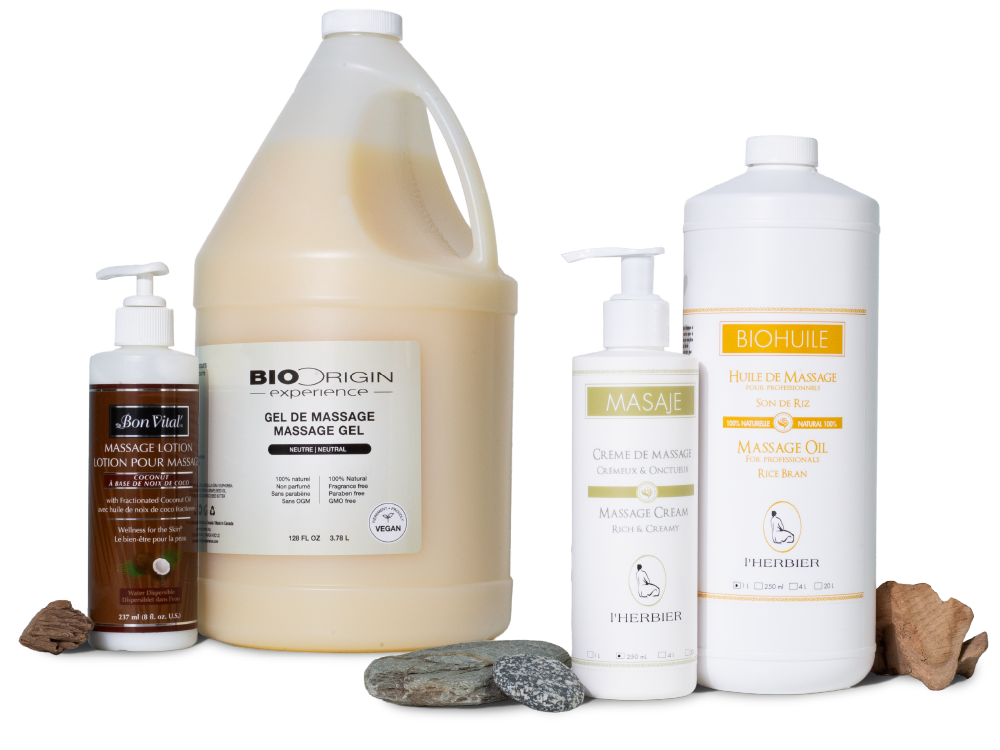The best way to avoid stains is to invest in high-quality massage sheets and change them regularly.
Sheets made from a polyester-cotton blend are less likely to absorb oil than 100% cotton sheets, while still feeling more natural than 100% polyester. We recommend our 50% polyester / 50% cotton percale sheets for customers who are particularly concerned about stains.
Another effective solution is to use water-based lotions or gels, which are much easier to clean. Options such as BioOrigin Neutral Massage Gel, and Bon Vital’s Therapeutic Touch Lotion are all water-based and water-dispersible. These formulas help reduce residue on sheets and massage tables. Additionally, Bon Vital’s Coconut Massage Gel and Muscle Therapy Oil are designed for easy cleanup, making them great choices for minimizing staining



